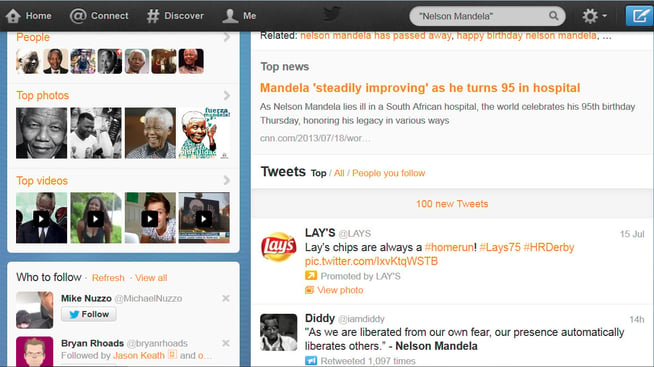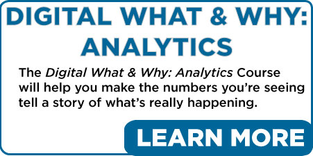
A co-worker of mine recently posted a fun quiz on our employee Facebook page, called “Are These Marketing Buzzwords Real or Fake?” While taking the quiz, I couldn’t help but think some of the words I correctly answered were in reality just made up for fun, so I did little digging to investigate and found lots of buzzwords worthy of defining in plain English! Digital terms went from being a bunch of illusive acronyms to being a combination of words made up to define the new digital landscape. To help clear the muddy waters of digital marketing buzzwords, here are 5 defined in plain english:
Buzz Wedge:
Social reach has given marketers an opportunity to reach millions nationally by utilizing trends on social sites such as Twitter and Facebook. This buzzword is when a person or brand tries to connect themselves to what’s trending online either by inserting their own take on the story or inserting a social post. There are good and bad buzz wedges. A good buzz wedge is when there is already a relevant connection between the trend (the buzz) and the story or post (the wedge) that is inserted within the discussion. For example, a good buzz wedge would be when a story about self esteem among female teens begins to trend on Facebook, a brand such as Dove could buzz wedge with a post linking to their popular YouTube video, “Choose Beautiful.” A real example of a bad buzz wedge was when Lay’s brand potato chips inserted a social post on Twitter’s trend about the health of Nelson Mandella.

Analytics of Everything:
Just when we began to grasp IoT (Internet of Things), along comes AoE (Analytics of Everything). According to DMNews.com, Analytics of Everything refers to all the data collected by more than 10 billion devices. By 2020, experts estimate AoE could include data from nearly 30 billion objects connected to the Internet—everything from FitBit to Xbox One to a refrigerator alerting Amazon.com you need a new water filter and a drone drops a new filter on your doorstep. Simply stated, AoE is the term now used to address all the big data collected from IoT.
Storytelling:
Storytelling is not a new word, but it does have a new definition. Today, it's a marketing trend soon to be a part of every big brand’s overall digital strategy. The use of video among one of the most-desired and sought-after demographics, the Millennial, has made storytelling online extremely valuable for marketers. Millennials love mobile video! Marketers who are able to tell a moving story that captures an audience, primarily using mobile video, will be more likely earn their loyalty. And as far as Millennials go, this demographic is more likely to align with a brand that supports a cause. Going back to the Dove video above, you’ll see a great example of storytelling as it applies to marketing, but other examples include Nike: Snow Day and Heineken: The Chase.
Conversation Marketing:
Conversation marketing has been around for quite some time. Until recently, it had been a part of content marketing. Within the media-centric world we live in, it’s more important now than ever for brands to find a real connection with their customers-—a connection that develops into loyalty and repeat business. This is why conversation marketing has emerged as a trend in digital marketing. It’s less about a conversation to many and more about engaging a few at time with tactics such as opt-in email, online surveys, and user generated content (UGC). Instagram is a platform many brands have embraced with conversation marketing. Companies investing heavily in social media will often have a dedicated person or department responding to posts on an individual basis. For example, if a user comments on a brand’s picture with a question about a product or service, you will sometimes see a response directed to that specific @user.
Hashtag Mining:
If we’re going to bring up conversation marketing, then it’s best we also cover hashtag mining. The infamous #hashtag shows up on all forms of social media, but originally became a trending tool on Twitter. People can add a hashtag to a topic so it can be easily found by others interested in the particular topic at hand. Instagram, as mentioned above, is also another hashtag-heavy app. For example, in technology, you can find trending topics in #cloud, #analytics, #digital, etc. In retail, you can find trending topics in #blackfridaysales, #cuteshoes, #Target, etc. Some marketers have chosen to invest in hashtag mining (essentially data mining specific hashtags) to see who’s talking about them in an attempt to engage consumers using conversation marketing.
These five words clearly aren’t the only buzzwords out there, but they are some hot topics in digital marketing for 2016. When you hear a buzzword, don’t feel shy if you don’t know what it means or haven’t heard of it before. You’re not the only one. A quick Google search and little digging will help you demystify most buzzwords.




